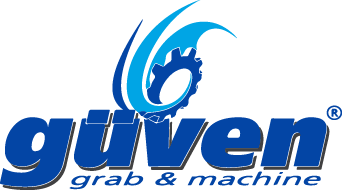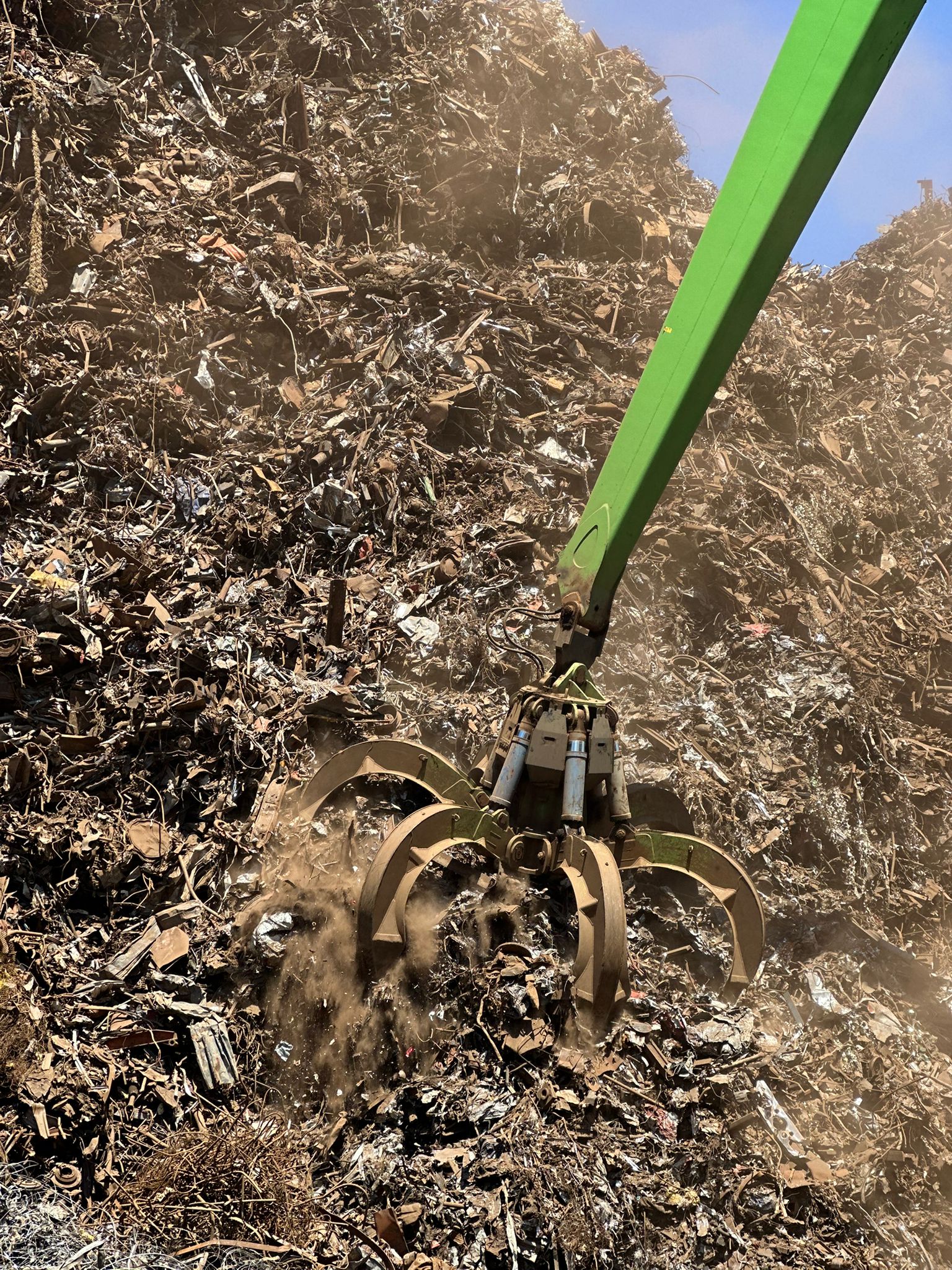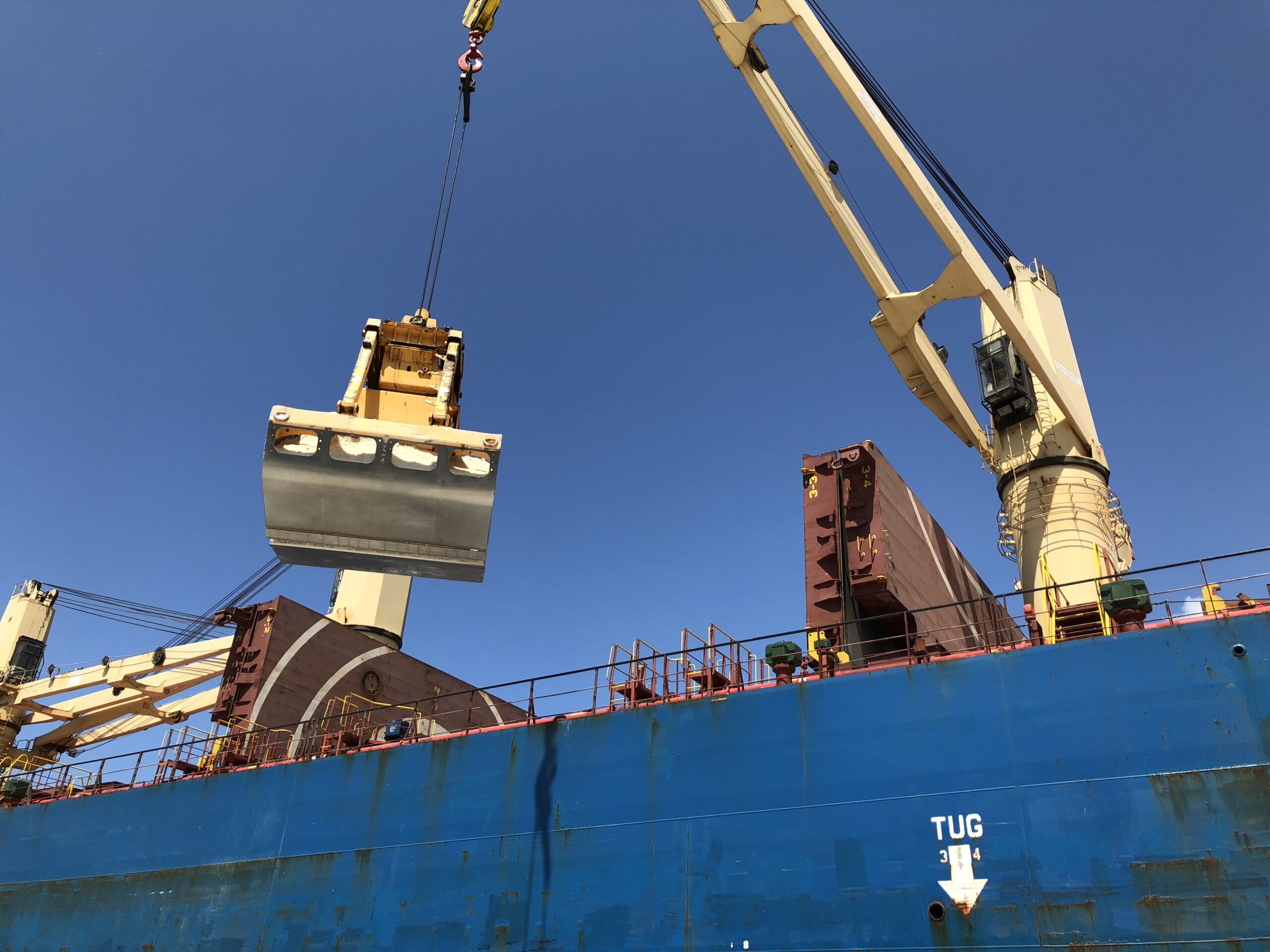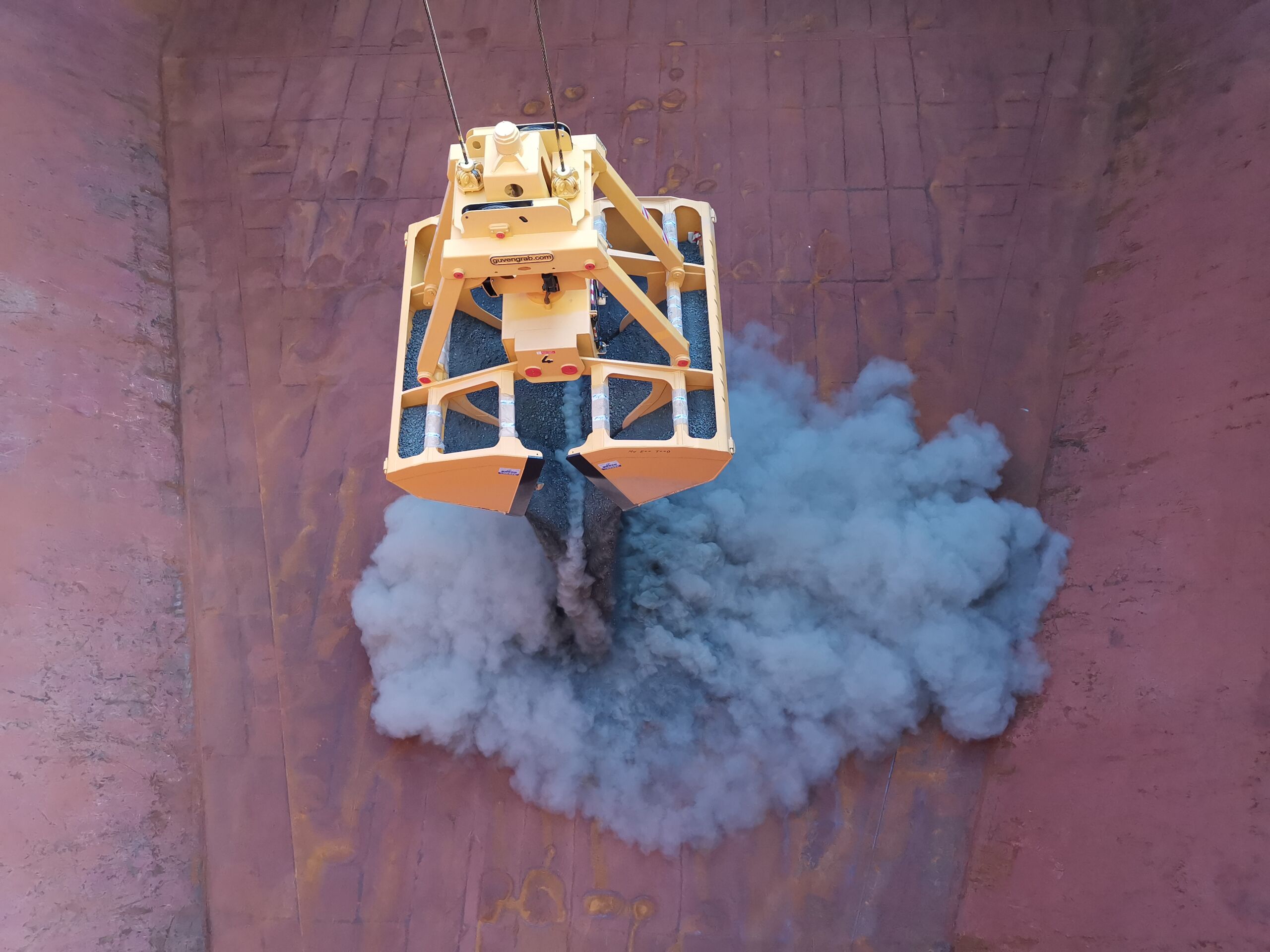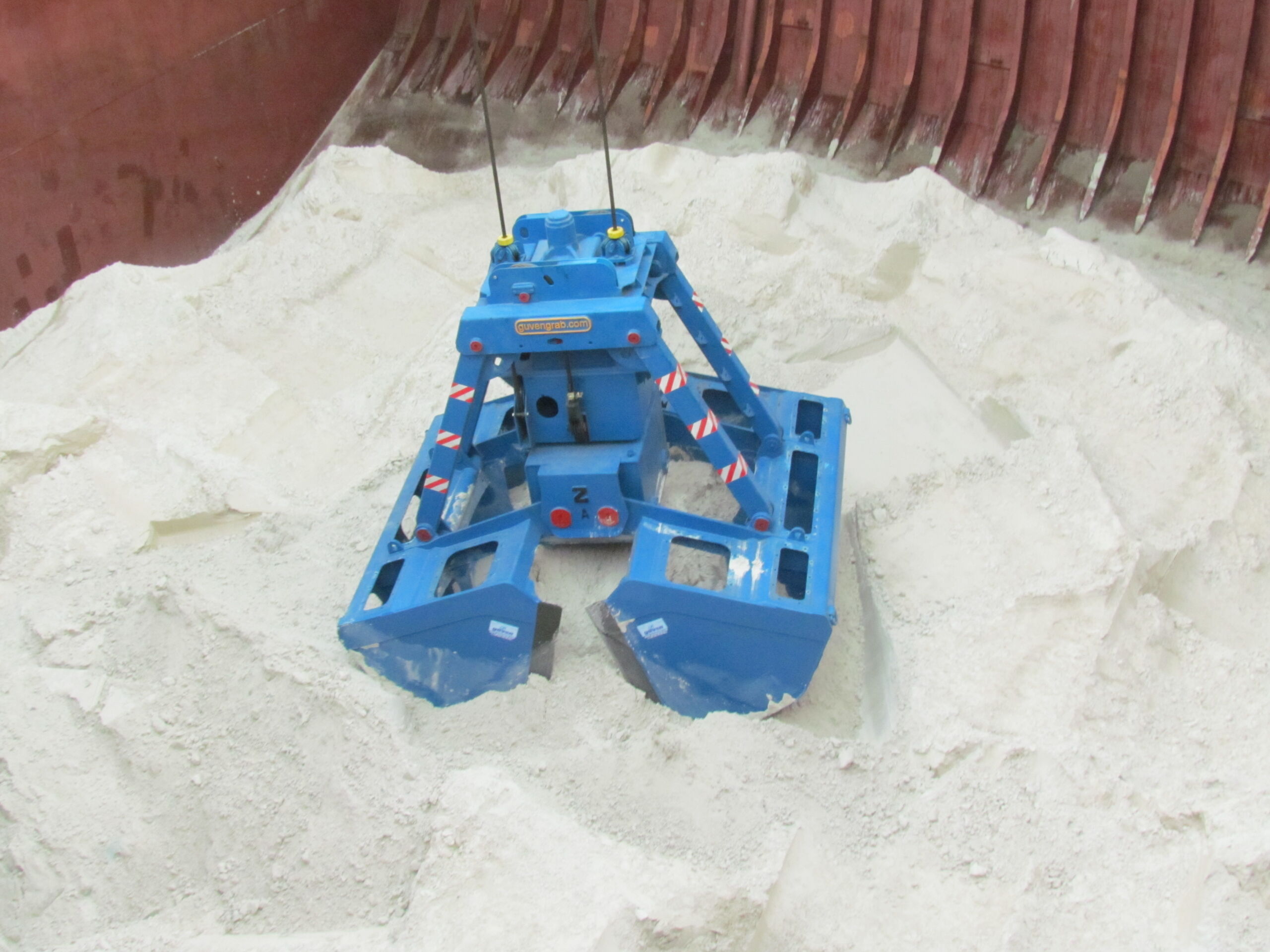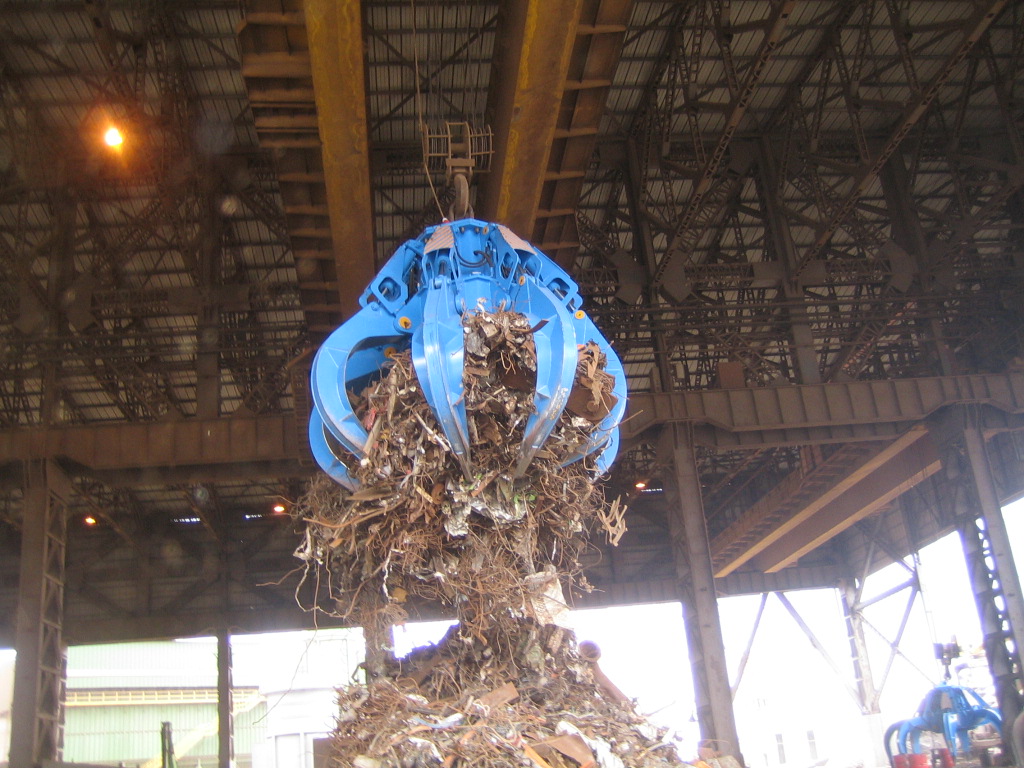How To Minimize Material Loss When Handling Scrap Metal
In the world of scrap metal recycling, every ton counts. While the industry thrives on volume, profitability often comes down to the finer details of material handling. Even small percentages of loss during loading, transfer, or discharge translate into significant revenue leakage when scaled across daily operations.
For this reason, minimizing material loss is not just a matter of efficiency but a direct driver of competitiveness. From the grab design itself to the way equipment is operated and maintained, every factor influences how much material makes it from point A to point B. Companies that address these details gain both higher yield and lower operating costs, while those that overlook them face recurring waste, downtime, and inefficiencies.
Common Points Of Loss In Scrap Handling Workflows
Scrap handling is rarely straightforward. The materials being moved are irregular in shape, density, and size, making them prone to slipping or spilling at almost every stage of the workflow. Loss typically occurs during three main phases: loading, transfer, and discharge.
During loading, spillage often results from using a grab that is either oversized for the pile or misaligned with the crane’s lifting capacity. If the jaws cannot close tightly around the material, smaller scrap such as cuttings, shavings, or wires escape.
In the transfer phase, the crane’s path and the stability of the grab play a major role. Sudden swings, uneven ground, or incorrect grab balancing cause materials to scatter, not only reducing yield but also creating unsafe working conditions.
Finally, at discharge, poorly timed release or worn grab edges lead to significant losses. Material that clings to damaged edges or leaks out of misaligned jaws is often unrecoverable, especially in high-volume port or yard operations.
Grab Shape And Edge Design Do They Matter
The geometry of a grab is not just about capacity, it directly determines how securely scrap metal is contained during each cycle. In recycling yards where irregular shapes dominate, the wrong design choice can be the difference between smooth handling and continuous spillage.
Clamshell grabs are more effective for fine or shredded scrap, as their broad, curved shells provide a tight enclosure that minimizes leakage. However, when handling bulky, twisted scrap steel, clamshells often struggle to achieve a full bite, leaving gaps that allow material to fall out.
Orange peel grabs, on the other hand, feature multiple tines that interlock when closed. This “spider-like” configuration adapts better to irregular scrap, gripping firmly around large, uneven pieces. Their shape naturally reduces voids inside the grab, limiting how much can slip through.
Edge design is equally important. Reinforced, sharp cutting edges not only improve penetration into dense piles but also maintain closure integrity. Worn or rounded edges compromise this seal, leading to unnecessary loss during transfer. For this reason, Güven Grab equips its scrap-focused models with hardened steel edges designed to resist wear even under continuous duty cycles.
How Overloading Leads To Spillage And Downtime
In scrap operations, it is tempting to push capacity limits to maximize throughput. Yet overloading a grab or crane is one of the fastest ways to lose material and reduce efficiency.
When a grab is filled beyond its rated capacity, the jaws cannot close properly, leaving gaps where loose scrap easily spills. This not only reduces the amount of recoverable material per cycle but also forces operators to spend additional time on cleanup, delaying the overall workflow.
The mechanical strain of overloading is equally costly. Hydraulic systems face increased pressure, structural components fatigue faster, and critical wear parts such as pins and bushings deteriorate prematurely. In extreme cases, sudden equipment failure halts operations entirely, leading to downtime that outweighs any short-term gains from overloading.
For crane operators, safety margins are another factor. Exceeding the crane’s lifting limits risks not only dropped loads but also severe accidents, creating liabilities far more expensive than any material recovered.
The solution lies in correctly sizing grabs to both the crane and the scrap being handled. By respecting capacity guidelines and resisting the urge to overload, operators ensure smoother cycles, lower maintenance costs, and more consistent material recovery.
Importance Of Operator Skill And Equipment Fit
Even the best-designed grab cannot deliver full efficiency without skilled operation and proper equipment pairing. Scrap handling is a dynamic process, requiring operators to adjust to material type, pile conditions, and crane performance on every cycle.
An experienced operator knows how to position the grab to achieve maximum fill, avoid unnecessary swings, and release the load at the right angle to minimize spillage. Poor technique, by contrast, leads to half-filled grabs, unstable movements, and uneven discharge that wastes both time and material.
Equipment fit plays a complementary role. A grab that is mismatched to the crane’s lifting power or to the density of the scrap places the operator at an immediate disadvantage. For example, attaching a heavy orange peel grab to an under-capacity crane reduces maneuverability, making precise handling nearly impossible.
When skill and fit come together, the results are clear: higher material recovery, faster cycle times, and reduced wear on both grab and crane. This is why leading operators invest not only in advanced grab technology but also in continuous operator training and correct equipment integration.
Tips For Routine Checks That Prevent Costly Waste
Preventing material loss is not only about how grabs are designed or operated but also about how consistently they are maintained. Routine checks ensure that equipment functions at peak efficiency and that small issues do not escalate into costly waste.
Daily inspections should begin with visual checks of grab edges and tines. Cracked or worn edges reduce closure integrity, allowing scrap to escape during transfer. Operators should also look for uneven wear that indicates alignment problems.
Hydraulic grabs require regular monitoring of seals and hoses. Minor leaks not only reduce gripping power but can lead to unplanned shutdowns if left unaddressed. For mechanical models, checking pins, bushings, and linkages prevents premature failure and ensures smooth motion.
Another overlooked step is verifying grab closure balance. If the jaws or tines close unevenly, even a small gap can cause significant leakage when handling fine or shredded scrap. A quick closure test before each shift helps detect this early.
Finally, scheduling periodic greasing and torque checks extends component life, while proper record-keeping ensures recurring problems are spotted and resolved rather than repeated. These simple yet disciplined routines allow operators to handle more material, with less waste and fewer breakdowns.
Comparative View Of Grab Models For Scrap Steel Recycling
Not every grab performs equally across different types of scrap. The choice between clamshell and orange peel designs, and between hydraulic and mechanical systems, determines both recovery efficiency and long-term cost control. Selecting the right model ensures that operators can handle scrap with minimal spillage and downtime.
| Grab Type | Best Suited For | Key Advantages | Limitations |
|---|---|---|---|
| Clamshell Grab | Fine or shredded scrap, light bulk material | Tight enclosure reduces leakage, faster discharge | Less effective with bulky or irregular scrap |
| Orange Peel Grab | Heavy, irregular scrap steel, demolition waste | Interlocking tines grip uneven loads securely, minimizes voids | Higher weight reduces crane capacity, requires strong lifting system |
| Hydraulic Scrap Grab | Continuous yard or port operations | High precision, consistent closure, adaptable to automation | Requires regular hydraulic maintenance |
| Mechanical Scrap Grab | Simpler crane setups, low-maintenance yards | Durable, fewer components, cost-effective in long cycles | Less precision, relies heavily on crane operator skill |
This comparison makes it clear that no single model fits all applications. Instead, performance comes from aligning the grab type with both the material profile and the crane’s capacity. Güven Grab’s portfolio covers each of these categories, enabling scrap handlers to choose the configuration that best minimizes loss in their specific environment.
Conclusion
Scrap metal handling is a high-volume business where small inefficiencies quickly add up to major costs. From the points of loss in daily workflows to the impact of grab design, operator skill, and routine checks, each detail plays a decisive role in how much material is ultimately recovered.
Choosing the right grab model, respecting capacity limits, and investing in preventive maintenance are not optional steps, they are core strategies for staying competitive. Companies that apply these practices not only reduce waste but also extend equipment life, cut downtime, and protect profitability in the long run.
Güven Grab supports this approach with purpose-built clamshell and orange peel models designed specifically for scrap recycling challenges. With proven durability and engineering tailored to different crane types and scrap profiles, our solutions help operators secure more material with every cycle.
For scrap yards and recycling facilities aiming to minimize material loss and maximize recovery, the next efficiency gain may not come from handling more scrap, but from handling it better.
Table of Contents

